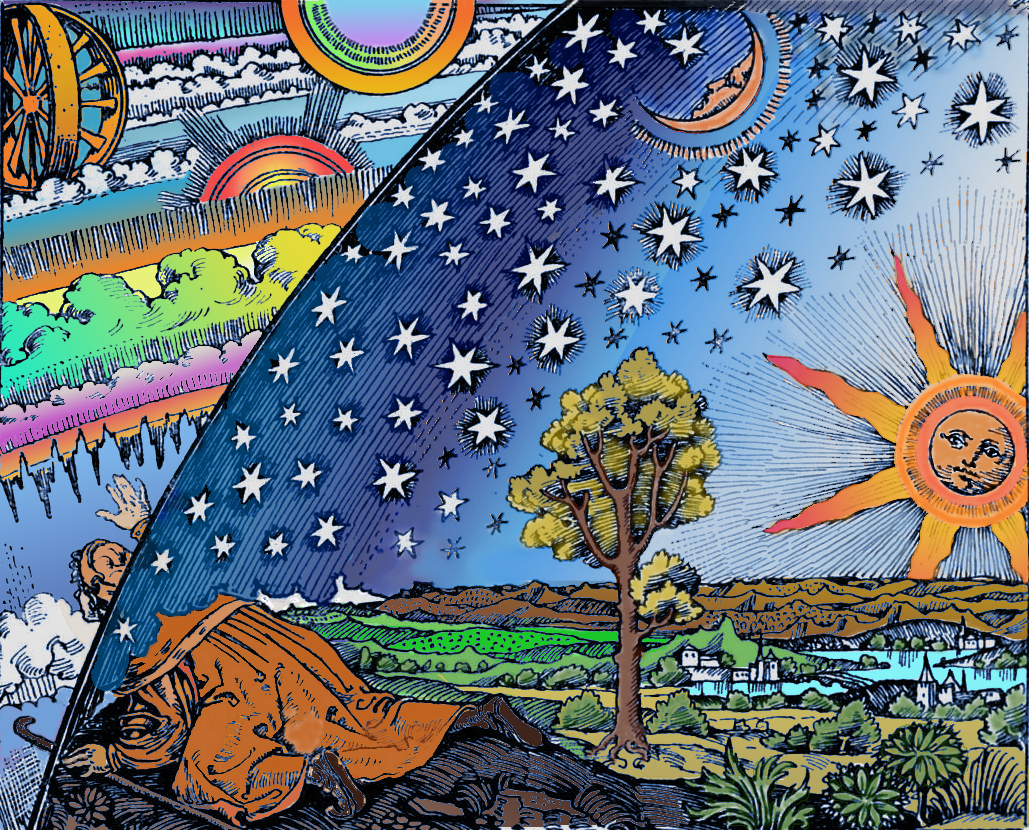In the popular movie The Matrix, the character Morpheus says “What is ‘real’? How do you define ‘real’? If you’re talking about what you can feel, what you can smell, what you can taste and see, then ‘real’ is simply electrical signals interpreted by your brain.”
In his work, The Marriage of Heaven and Hell, the English painter and mystic William Blake said, “If the doors of perception were cleansed, everything would appear to man as it is, infinite. For man has closed himself up, till he sees all things thro’ narrow chinks of his cavern.” He also said “Man’s perceptions are not bound by organs of perception; he perceives more than sense can discover.”
Modern science states that with the five human senses (sight, sound, touch, taste, and feel), we experience just 0.005 of the known electromagnetic spectrum, which is itself just a fragment of the external world. The physicist Albert Einstein once said “Reality is an illusion, albeit a persistent one.” Also, science says that physical reality is mostly empty space, with an atom being 99.9% empty space!
George Gurdjieff challenged the idea of a single, objective reality. He taught that our perception shapes how we experience the world. Gurdjieff believed that most humans exist in a state of unconsciousness. In this state they are unaware of their true potential and the true nature of reality. He called this state “sleep” and emphasized the need for “awakening” through conscious effort and self-observation. Gurdjieff claimed access to ancient wisdom traditions and believed that the true nature of reality is hidden from most people.
Peter Ouspensky, influenced by the teachings of Gurdjieff, also offered a unique perspective on the nature of reality. Ouspensky advocated for the Fourth Way approach to knowledge and the development of consciousness. This path focuses on inner work, self-observation, and conscious efforts to expand one’s own perception. Through these practices, individuals can access deeper levels of reality, bypassing the limitations of purely intellectual understanding. While Ouspensky does not deny an objective reality, he argues that our usual state of consciousness prevents us from fully accessing it. His ideas challenge our assumptions about perception, consciousness, and the limits of our understanding of the world.
The Fourth Way suggests that there are layers of reality, with the everyday world being only one level. Through inner work and awakening, individuals may gain access to the hidden nature of reality that most people do not access. The Fourth Way offers a unique perspective on the nature of reality that can be an enriching and thought-provoking exploration for those seeking to understand themselves and the world more deeply.
Ouspensky described our usual state of consciousness as fragmented and asleep, leading us to misperceive reality. We mistake our subjective experience for the whole picture, overlooking the “hidden dimensions” of existence. Additionally, Ouspensky proposed the existence of different levels of consciousness, accessible through inner work and self-observation.
These levels offer progressively more complete and objective viewpoints on reality. In his book, In Search of the Miraculous, Ouspensky states, “I already knew then as an undoubted fact that beyond the thin film of false reality there existed another reality from which, for some reason, something separated us. The ‘miraculous’ was a penetration into this unknown reality.”
“The present is the only reality of which man can be deprived.” – Marcus Aurelius
Dr. Stephen Swales has been a practitioner of the Fourth Way for several decades. Originally from the United Kingdom, he later lived in Australia and New Zealand, and now lives and works in California.
